Tradition and Culture of the Central Region
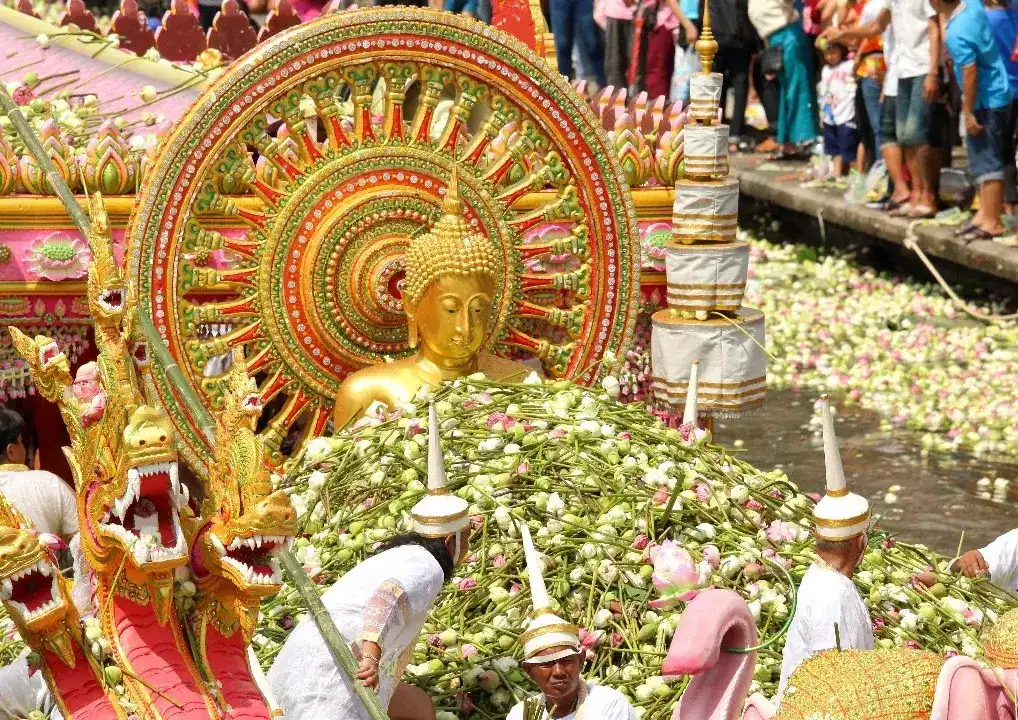
Rating: 2.6/5 (573 votes)
Bangkok attractions
Attractions in Thailand
Tradition and Culture of the Central Region There are 22 provinces in the central region, including Phitsanulok Province. Sukhothai Province Phetchabun Province Phichit Province Kamphaeng Phet Province Nakhon Sawan Province Lopburi Province Chainat Province Uthai Thani Province Sing Buri Province Ang Thong Province Saraburi Province Phra Nakhon Si Ayutthaya Province Suphanburi Province Nakhon Nayok Province Pathum Thani Province Nonthaburi Province Bangkok Nakhon Pathom Province Samut Prakan Province Samut Sakhon Province and Samut Songkhram Province The nature of the central region is a river basin. Therefore, most people in the central region are engaged in agriculture. animal husbandry And fishing, both freshwater and saltwater fishing, as well as trading career, is another occupation that people in the central region are very popular because the central region There will be convenient transportation on both land and water, making it ideal for trading.
career in the central region Most of them are farming, but there are many other occupations such as corn, sorghum farming, vegetable gardening, orchards such as orange orchards, pomelo, sweet tamarind, mango, fish farming, shrimp farming, pigs, beef cattle, milk cows, chickens. Meat, chicken, eggs, etc. There are also various industries, trade, service jobs, but they are all important occupations. Bangkok is a large city with a large population. Include all economic activities and at the same time include all kinds of problems such as slums. Crime, drugs, traffic jams Air and water pollution The central region therefore is the center of all aspects of the economy. Therefore, the average population in this district has a better living than the population in other districts. As the country began to produce more industrial output, expansion began in this sector and thus the current export value of Industrial produce exceeds the export value of agricultural produce. This does not mean that we are sending less agricultural products. Rather, it is the result of comparing the values between two groups of economic activities.
Thai culture and Thai traditions The word culture has its roots in Latin, Cultura, and English uses the word Culture. Thailand has coined the word culture to be used in 1940, during the government of Field Marshal Plaek Pibulsongkram by Professor Major General Chao Boromwongtha. Krom Muen Narathip Pongprapan first coined the word Pruitthidhamma to be used first when he saw that it was not popular to use, so he changed it to use the word culture, which was a word with melodious and meaningful in accordance with English subjects This word is accepted and used. widespread and still in use today
Culture is something created by man. established without acting on instinct To use in their own society, and culture will appear in the form of a system of thinking (Thinking), doing (Doing) and having (Having), which are all man-made and concocted.
Folk culture is the way of life of different tribes. living together in the country But there are appearances, skin colors, races, livelihoods, religions, beliefs, customs and traditions that are different. but live together in which country One country is diverse. But there is a way of living. and similar identities.
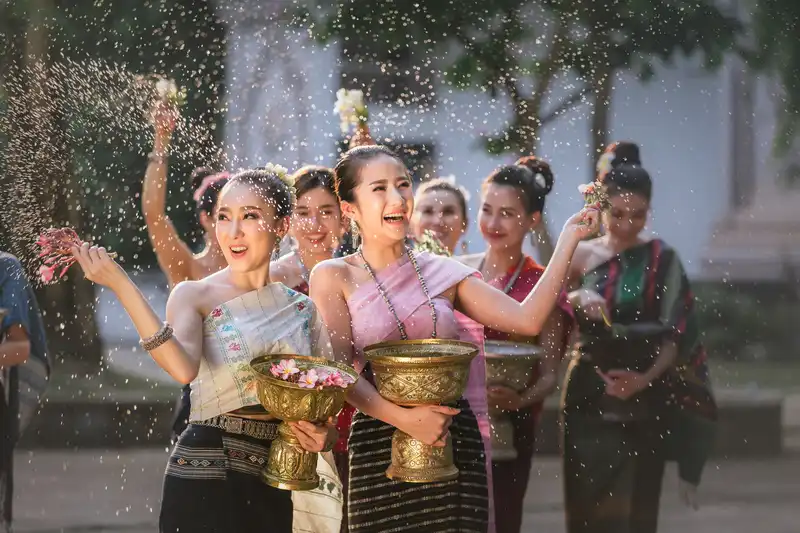
1. Songkran Festival Traditions in the central region, period according to the original Thai traditions New Year's Day and Songkran Day are separated into 2 days, which is the Lunar New Year's Eve, i.e. the 15th day of the waning moon of the 4th month is the New Year's Day, and the solar New Year's Day is the day when the sun rises into Aries. Usually falls on April 13, a Songkran day. In the reign of King Rama VI, he included New Year's Day on April 1, called the Songkran Lunar New Year ceremony. It is the New Year's Eve festival of Thai people. which adhered to since ancient times It is the time when the summer season is over after harvesting rice. therefore free from full-time work There was a joyful play together in each village. A district or a city, even though the government currently announces December 31 as the end of the year and January 1 of every year as the New Year's Day. But the tradition of making merit and rejoicing on New Year's Day and Songkran still exists in every region of Thailand.
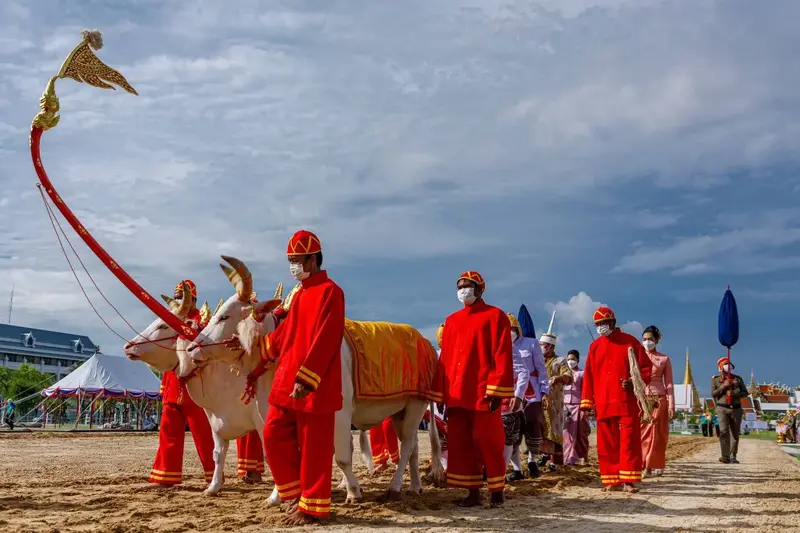
2. Royal Ploughing Ceremony The Central Tradition is an ancient royal ceremony that marks the beginning of the rice planting season, which will be an example and strengthen the morale and auspiciousness of Thai farmers at the Ubosot of Wat Phra Sri Rattana Satsadaram. The main objective of the Royal Ploughing Ceremony is to make merit and for the abundance of crops. Since rice is the main food of Thai people and agriculture has been the main occupation of Thai people since ancient times, many Thai traditions are often related to the way of life of farmers. The Royal Ploughing Ceremony is considered an auspicious occasion for the crops to be planted each year. The Royal Ploughing Ceremony is scheduled for around the sixth month of each year because it is the right time to start rice planting in Thailand. However, there is no fixed date because the auspicious time must be considered each year.
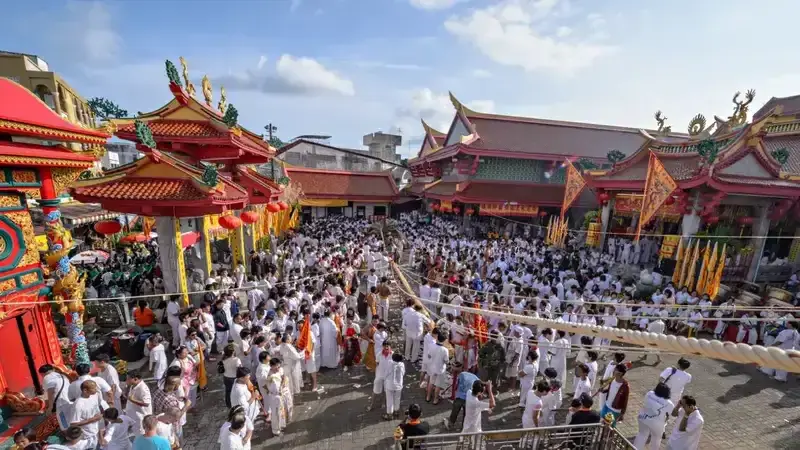
3. Tradition of vegetarianism central tradition central culture Yaowarat has a large number of Thais of Chinese descent. at the beginning of the ninth month You will see a large group of Chinese people wearing white clothes wearing white robes walking towards shrines and religious institutions in China, indicating that the Vegetarian Festival has begun. The vegetarian ceremony will take place for nine days and nine nights. to worship nine gods and nine planets On the day of the Vegetarian Festival, Mahayana companies often stop doing business. Will act to spread kindness to Buddhist friends around the world give mercy to each other Dressed in pure white clothes holding flowers, incense, and candles walking together in groups go to a place of worship in order to perform the ceremony of worshiping all nine monks And throughout the nine days of the vegetarian observance ceremony, Buddhists must observe three precepts: refrain from bringing animal life to nourish one's life. refraining from bringing animal blood to add one's own blood refraining from bringing meat to add meat Therefore, when following these three precepts therefore cannot eat meat must eat only beans, sesame and other vegetables The tradition of vegetarianism has been carried on for a long time. It is a tradition based on religion, astrology and culture. During the observance of vegetarianism, it is considered a time to refrain from harassing animals and clearing one's mind.
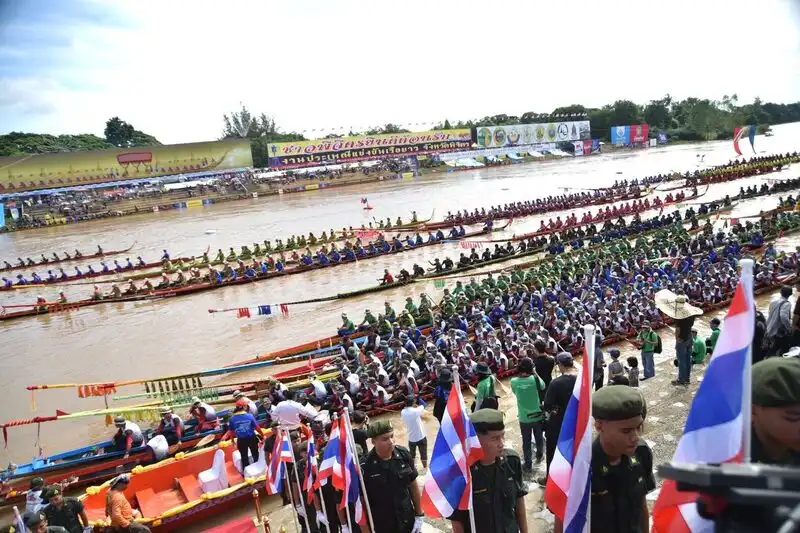
4. Traditional boat races central tradition central culture Held annual boat races around November-December. There are about 30 long boats joining, with tourists from various districts. and nearby provinces to visit a lot.
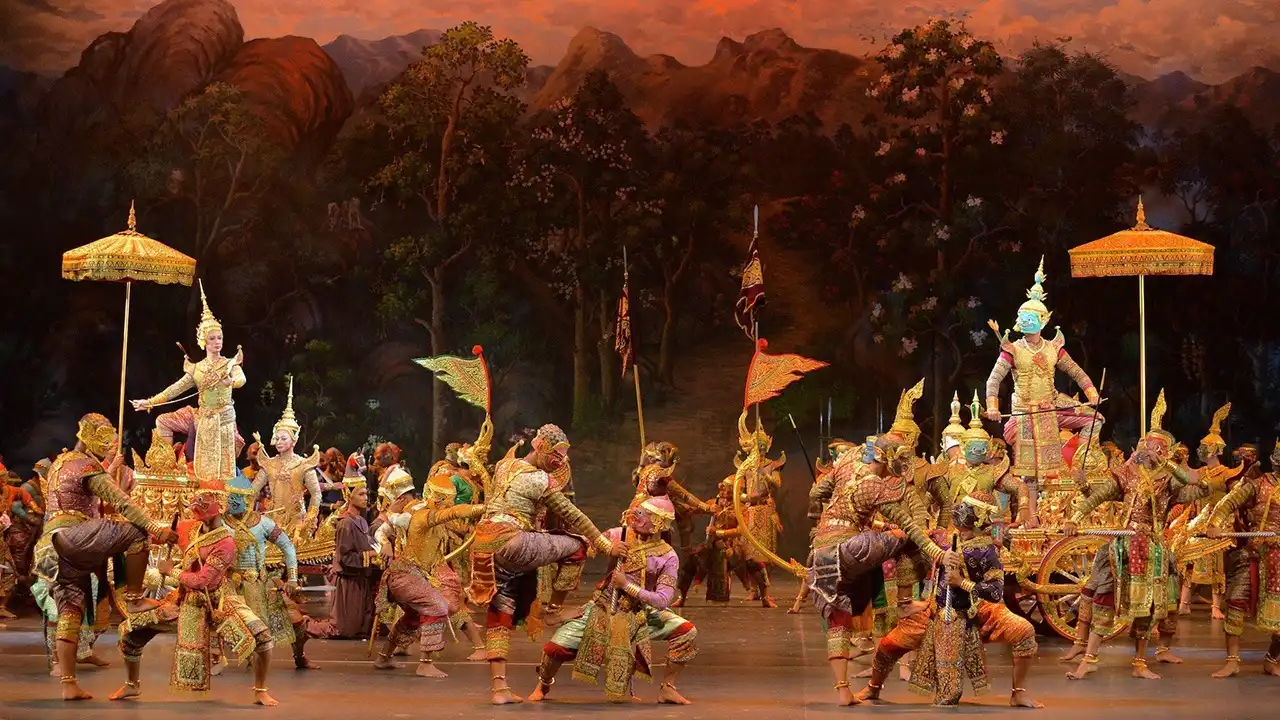
5. Khon performance, central region tradition central culture There is a pantomime show. by people in the Wat Talat School Subdistrict Which has activities to promote costumes, musical instruments, props for performances and individuals, with performances 2 times a year or every month and there are performances in department stores, restaurants, hotels on important days with performers 25 - 30 people/time.
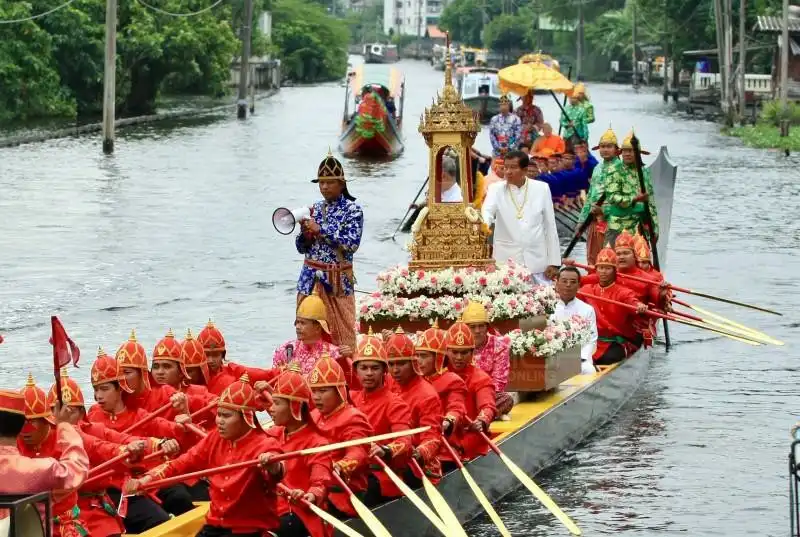
6. Procession of the Buddha's relics at Wat Nang Chee central tradition central culture An annual merit-making event on the Thonburi side that has been practiced for a long time. And is well known to the people of Thonburi and Bangkok. Widely used in the past was the "Phra Nang Chee Drawing", known today as "The procession of the relics of the Buddha's relics" In the old days, the Nang Chee Phra Drawing Festival was the most energetic regular festival in that area. Those who participate in the parade will be beautifully dressed, elaborate and ready to buy clothes and costumes since the Golden Mountain Fair. It is believed that in any year if the relics are not paraded, there must be a chance that the villagers in that area will suffer from various diseases or disasters. Even during World War 2, the government prohibits the procession or organize any event But the relics parade still has to be carried out according to the tradition with special permission. The procession of the relics in the old days would be a procession of rowing boats helping to lead the boat that enshrined the relics. The temple will bring the Buddha's relics to bathe early in the morning. and will begin to move out of the temple from 6:00 a.m. Before the year 1979, the Buddha's relics were brought to bathe from 5:00 p.m. on the waning moon of the 12th lunar month until 9:00 a.m. the following day.
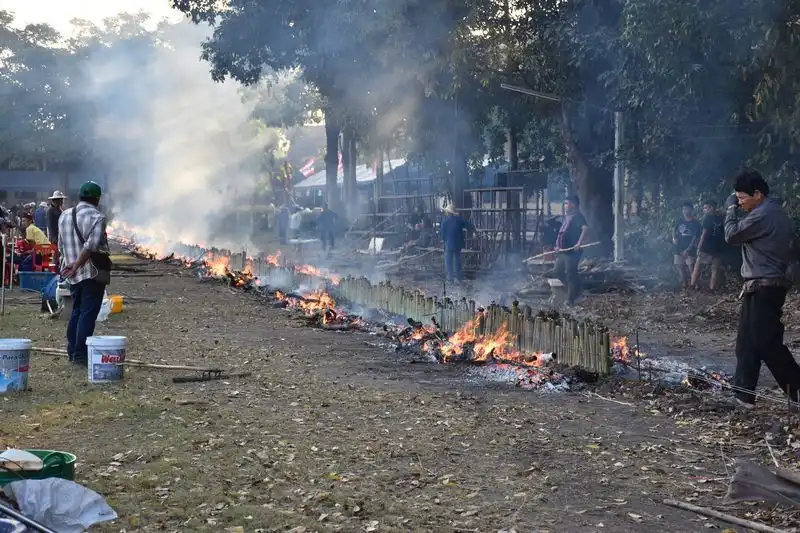
7. Sart Khao Lam Festival central tradition Central region culture Period Full moon or the fifteenth day of the third lunar month Sart tradition of the third lunar month is a tradition that shows unity. The readiness of the Mon people of the Thai descent who come together to put in their physical and faith Organize a firewood burning ceremony to warm the monks and prepare Khao Lam for the monks. to express gratitude to ancestors It is a ceremony that Thai people of Mon descent believe that Eating firewood with Khao Lam and Dok Thong (a kind of flower) on the full moon day of the third lunar month In addition to paying homage to the Buddha, he also dedicated merits to his ancestors.
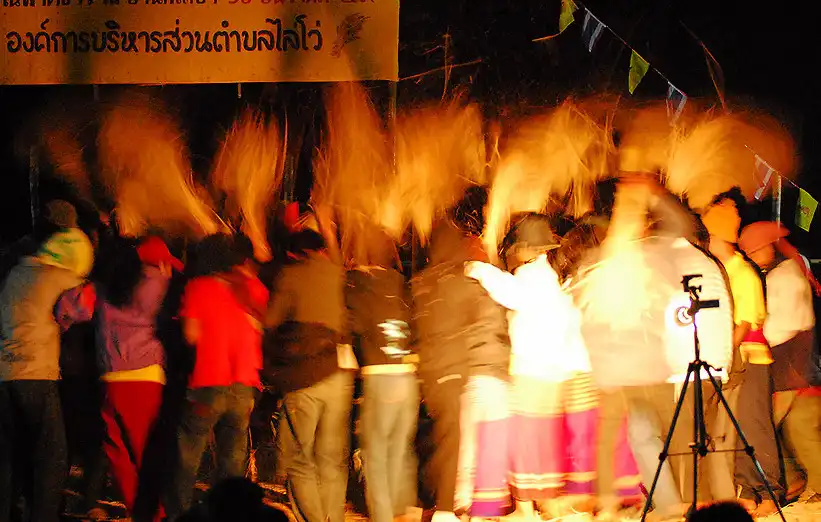
8. Tradition of throwing rice of the Karen people central tradition central culture It is a tradition that has been carried on for a long time since ancient times. Or the ability of the elders to give the offspring to unity, regardless of where the village is still helping each other together, organizing activities together.
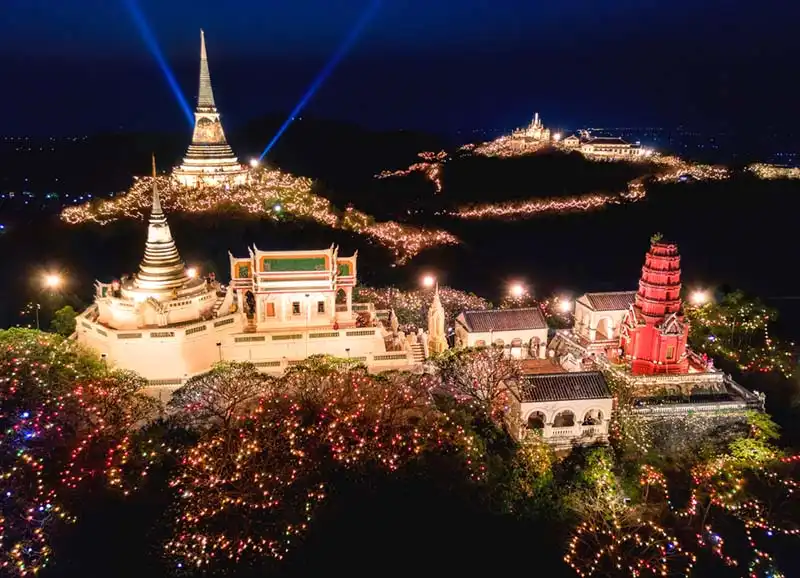
9. Phra Nakhon Khiri Fair, Muang Phet central tradition Central region culture, Thai traditions, held in early February every year. There are many activities throughout Phetchaburi such as fireworks at Khao Wang, fireworks, singing contests. Thai music performance ox-cart racing.
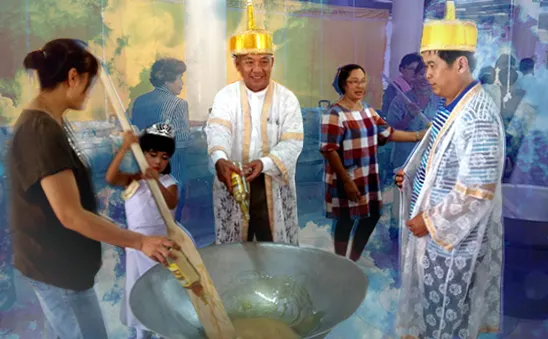
10. Khao Thip Stirring Ceremony central tradition Central region culture Thai traditions have been carried on as traditions from the past to the present. among ordinary Buddhists To commemorate the Lord Buddha and the event that Mrs. Suchada stirred the nectar on the 14th day of the waxing moon and presented it to the Lord Buddha a day before his enlightenment, which was considered to be very fruitful. For this reason, the Buddhists gathered together to stir the rice to offer as an offering to the Lord Buddha. honor the dignity with gratitude and gratitude Khao Thip Mathupayas is believed to be when complete according to the ceremony It will be auspicious for the maker and the consumer. should be offered to the gods Those who have consumed Khao Thip will experience various fortunes, free from diseases, parasites, disasters, experiencing auspicious things The tradition of stirring Khao Thip can be accomplished by relying on the faith and beliefs of the general public. and community leaders who will work together to preserve this tradition because it requires the cooperation of many people in preparation procurement of stirring equipment labor in stirring and preparation In particular, the money spent on purchasing and procuring a large number of things for the above reasons is present in some temples. Some localities have abandoned this tradition of stirring up the rice. due to lack of readiness in various matters.
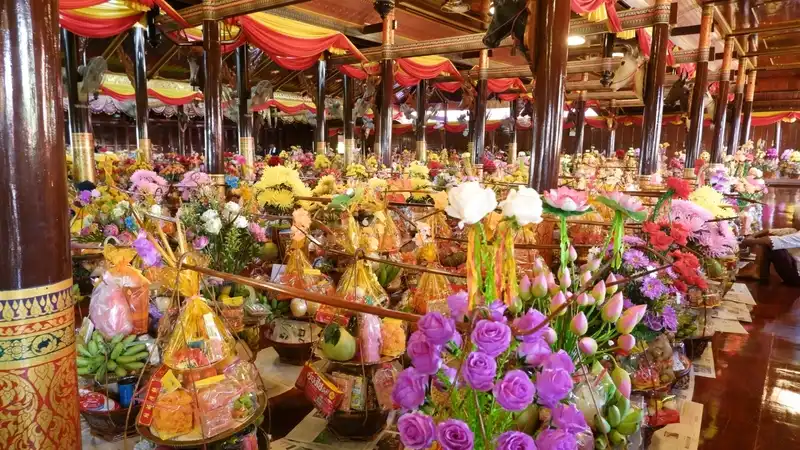
11. Label Harp Local Tradition central tradition Central culture Thai tradition is a merit-making in Buddhism performed during the Buddhist Lent period, which is the 8th month of the waning moon, using the villagers to dress in special beautiful clothes, decorated with food, sweet and savory items and utensils that are special. The necessity of the monks in remembering the Buddhist Lent tradition has been practiced and inherited for a long time. Bring to make merit at the temple by having the monks draw lots and offer the items in that bag. The event is held at Wat Chantaram, Village No. 1, Ban Than Sub-district, Ban Lat District, Phetchaburi Province.
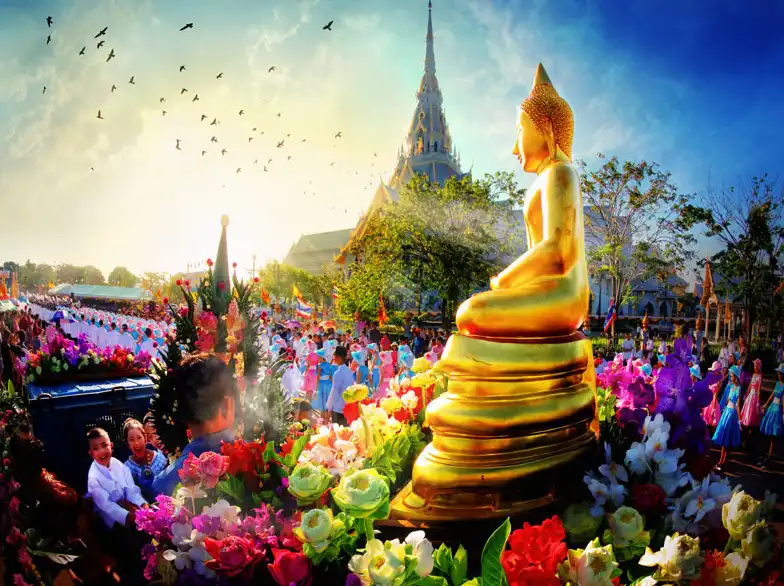
12. Luang Pho Sothon Worship Festival central tradition Central Region Culture Thai Traditions Period Luang Pho Sothon Worship Festival is held 3 times a year by setting the lunar day respectively. Organizing a festival to pay homage to Luang Por Sothon is an ingenious feat. that draws Buddhists to go to temples to relax in everyday life to pay homage to Luang Pho, who is comparable to the representative of the Lord Buddha and to remember the teachings of teachings to refrain from evil and to do only good resulting in a normal life with religion as the anchor of the mind.
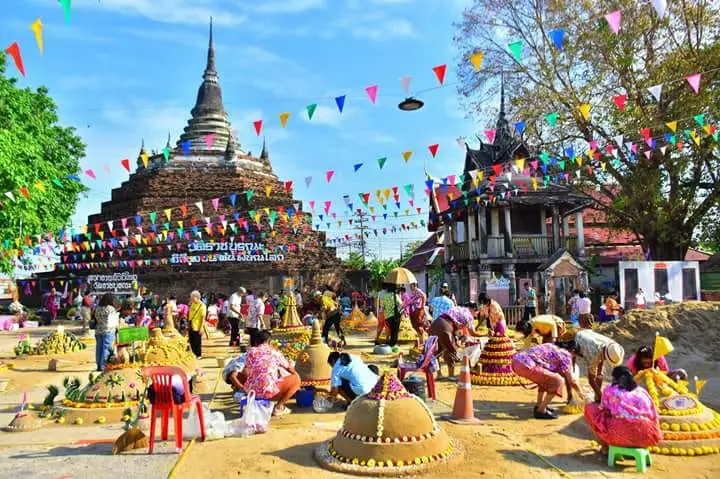
13. Tradition of building sand pagodas central tradition Central culture, Thai tradition, building sand pagodas is a tradition that the Phai Dam people Bang Nam Priao District has been inherited from the past The purpose is to bring sand to be used for public utilities in the temple. The construction of the sand Buddha image It is one of the merit making of the black bamboo people. which brought the product of the farming career, namely paddy, to create a pagoda instead of sand It is a religious merit making of the villagers by bringing important agricultural products. Let's join together to donate so that the temple can use it for the benefit of development. Also create a habit of donation. unity among the people in the community.
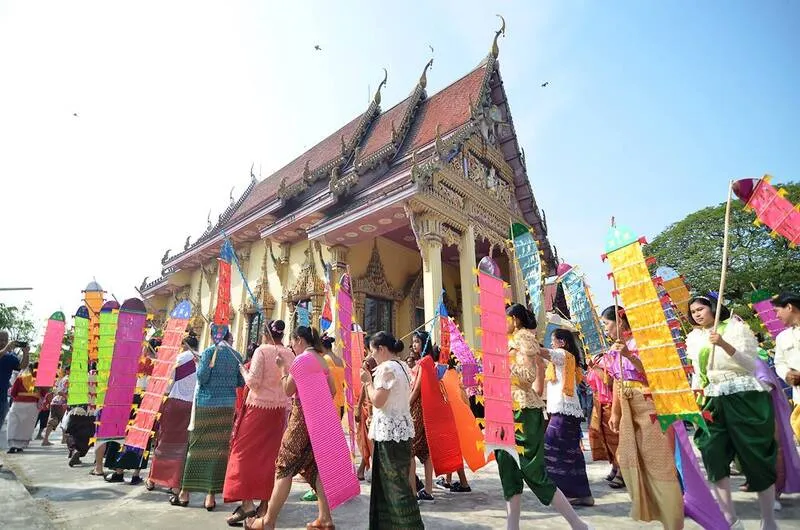
14. Centipede flag parade central tradition Central region culture, Thai traditions during the Songkran Festival Between 13-15 April of every year, offering the flag is a merit-making dedication to the deceased. It is a tradition of the Ramans who settled near Wat Pimpawat. in the district of Bang Pakong It is believed that the flag swayed by the wind is a sign of the merits of the ancestors. and help the deceased to ascend to heaven.
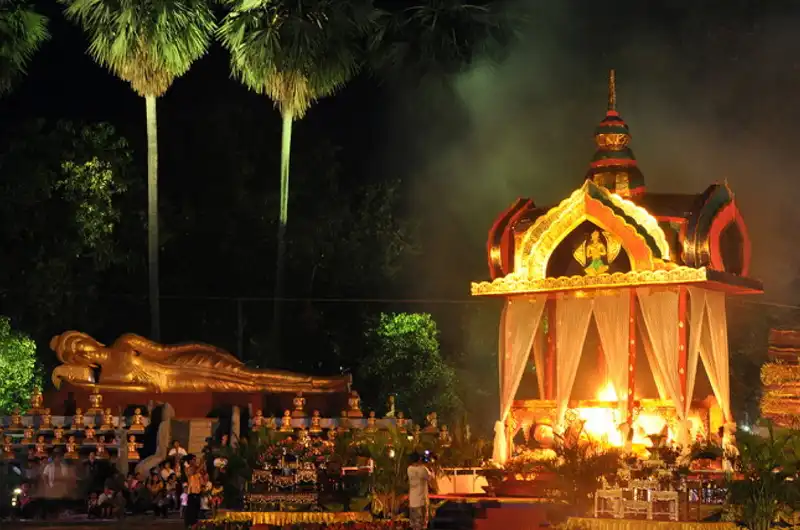
15. Tradition to offer cremation to the Buddha central tradition Central culture, Thai traditions, from the 8th day of the waxing moon to the 15th day of the 6th lunar month, a total of 8 days, is the day for the monks to pray for Abhidhamma. Then on the 9th day, the first day of the waxing moon, the 6th month, is the day of the cremation ceremony. The tradition of offering the Buddha's cremation It is a tradition of Thai-Khmer descent at Ban Hua Samrong, Plaeng Yao District, which has been carried on for hundreds of years. Based on the belief that the Buddhists who attended the cremation of the Lord Buddha will receive strong merit remembrance of the Lord Buddha that passed away, which was release from all passions causing consciousness that is not attached to any object and see life as vanity.
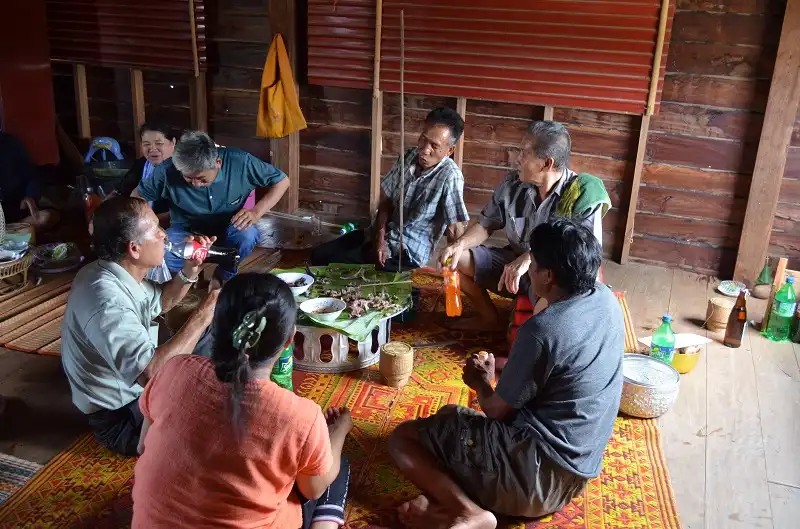
16. Sen Huean tradition central tradition Central culture, Thai traditions, the fourth month, the sixth month and the twelfth month, the San Huean ceremony, causing the integration of people in society. Relatives who live far apart meet regularly. There is a generous sharing of food in a way that takes turns feasting on each other, causing solidarity among people in society. And unity between relatives of the same line and people in the community. so that their ancestors who die will not starve and live comfortably As a result, the children live happily as well. Therefore, every Lao Song has to perform the Sen Phi Huean ceremony once a year or 2-3 times because it is believed that if the ancestral spirits are hungry, they want to disturb the family members. Including pets will be in trouble, unhappy, sick. Unlucky for the family More importantly, they will be branded by society as ungrateful people who do not know their ancestors who have raised them. Lao Song will not perform a Sen Phi Huen ceremony in the 9th month of the 10th month because he believes that in the nineth month of the tenth month, the ghost must go to watch over the elves. Senpiing will not show any effect, so it is popular. Sen Huean, 4th, 6th and 12th months because it is a month of free time, complete food and rice.
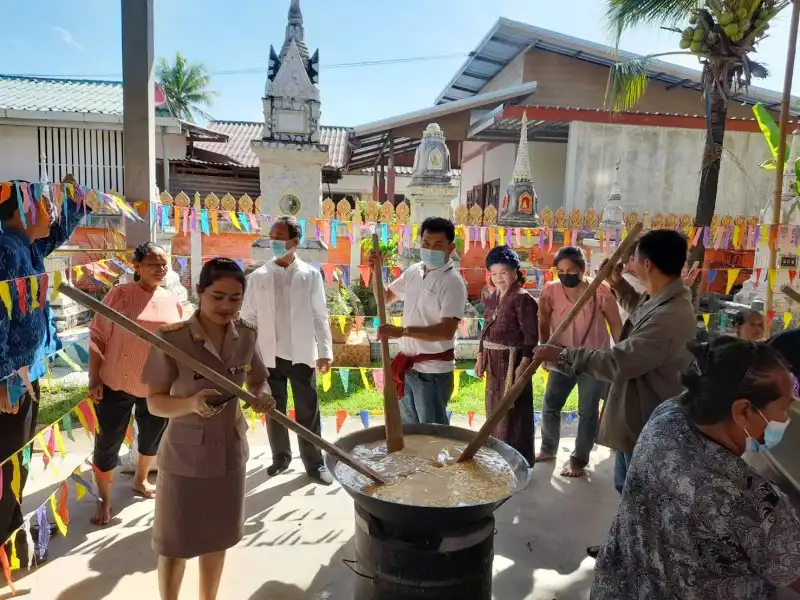
17. Tradition of Stirring Khao Thip central tradition Central culture, Thai culture, on December 4 of every year at Nong Phang Nak Village, Sua Hok Sub-district, Mueang District, Chainat Province. Villagers will perform a ceremony to stir Khao Thip. or Madhupayat rice until it is a tradition that has been passed on to the present day It is a tradition that creates unity among the people in bringing together materials and things to make merit.
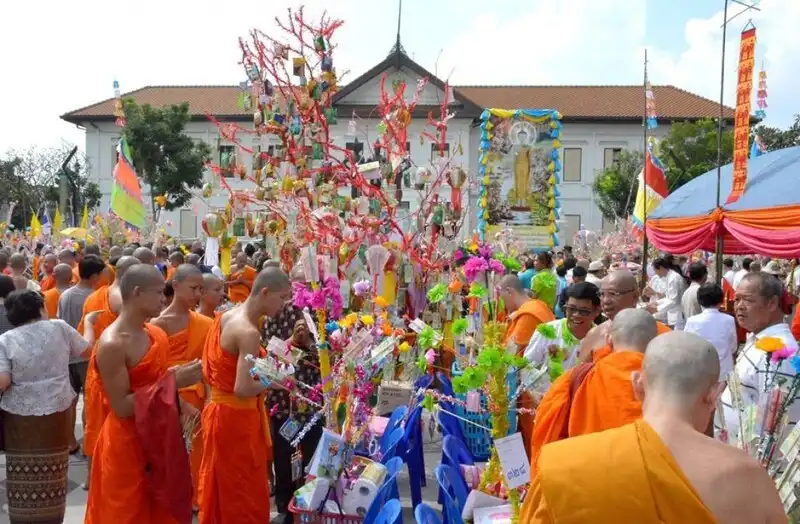
18. Lottery Offering Tradition central tradition Central culture, Thai culture, for the monks to have food for me have the strength to practice dharma and discipline offering food to monks by means of lottery Use it when it's hard to find food. But nowadays, even with complete food, it is still popular to make merit according to the tradition. The result is that a lot of people come to make merit. It is a merit event that brings people together very well. saw the skill of decorating a beautiful lottery tree It is to preserve local craftsmen and villagers to have fun together.
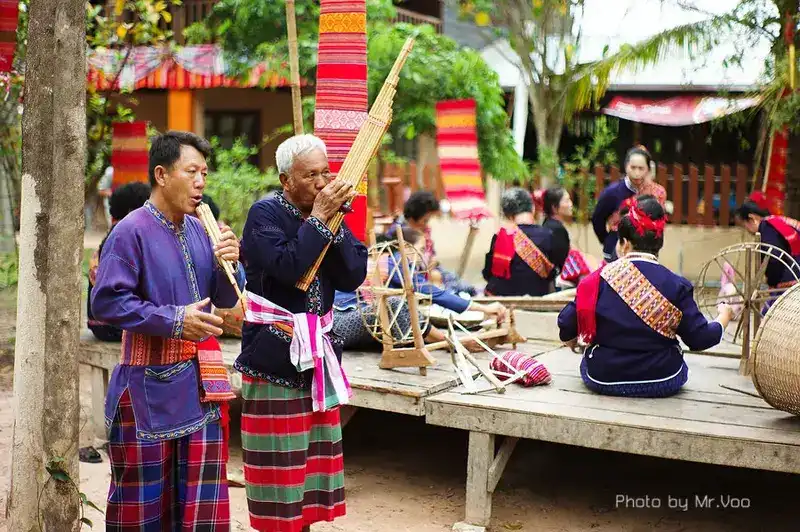
19. Tradition of baskets central tradition Central region culture Thai traditions are one of the traditions of the Thai Puan people. which is held at the Mahachat Festival Most of them are determined in the end of the Buddhist Lent season. When any village determines to preach Mahachat through the temple, they will send sermon books to various temples so that different temples will send monks to join in preaching as well. By calling the day before the day of the sermon 1 day that "the day set" is the day of the basket itself.
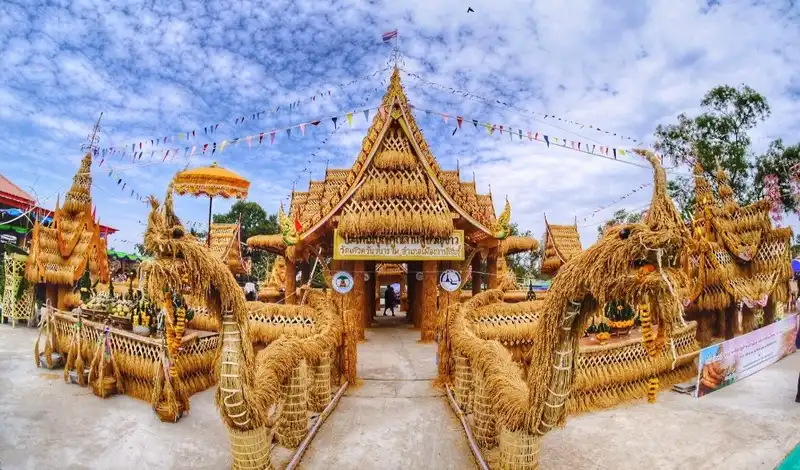
20. Su Kwan Khao Tradition central tradition Central region culture Thai customs Period Su Kwan Khao tradition (general) Boon Su Kwan Khao (Noen Mai Village, Khok Kruat Subdistrict) called Kwan Khao (Tha Dan village) performed on the 3rd day of the 3rd lunar month in order to invoke the spirit of Phra Mae Phosop who fell from the rice field to the barn. Worship Phra Mae Phosop Prevent pests and damage animals. in order to produce more yields in the following year. Nowadays, the Su Kwan Khao tradition is still practiced in the villages of four districts such as Nong Pho Village, Srinawa Subdistrict. in order to nourish the morale and beliefs of the farmers including expressing gratitude to Phra Mae Phosop to inspire next year's rice yields better.
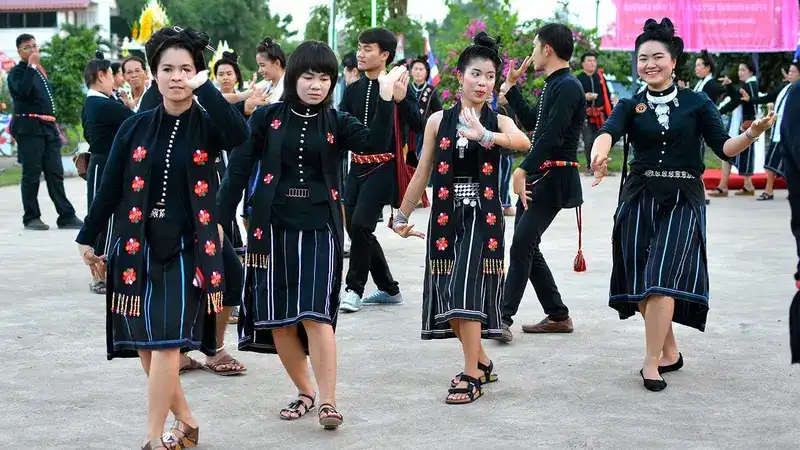
21. Thai Song Dam tradition and homestay, central region tradition Central region culture, Thai traditions. It is an arrangement for showing the traditional way of life of the Thai Song Dam people, dress, dancing, dancing, playing Luk Shuang, beating the khli.
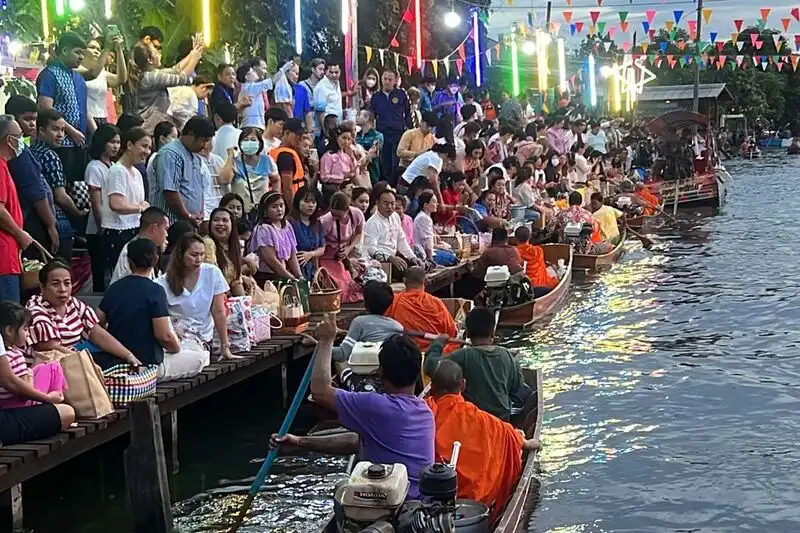
22. Tradition of making merit by giving alms to monks 108 Central Region Traditions Central region culture Thai traditions Thai culture Period The tradition of offering food to monks 108 starts on the 8th day of the waxing moon of the 12th lunar month, which is considered a true merit-making day. But the tradition will start from the 7th day of the waning moon, the 12th month, starting from the afternoon ceremony. It is a tradition that has been carried on for a long time in Bang Kruai District, Bang Yai District, held at many temples along the river in Bangkok Noi Canal, namely Wat Thai Charoen, Wat Bang Krai Nok, Wat Utthayan, Wat Bot, and Wat Bang Krai Nai, for people to participate in the activities. Buddhist make merit and offer food to the monks for good fortune and unity in the community.
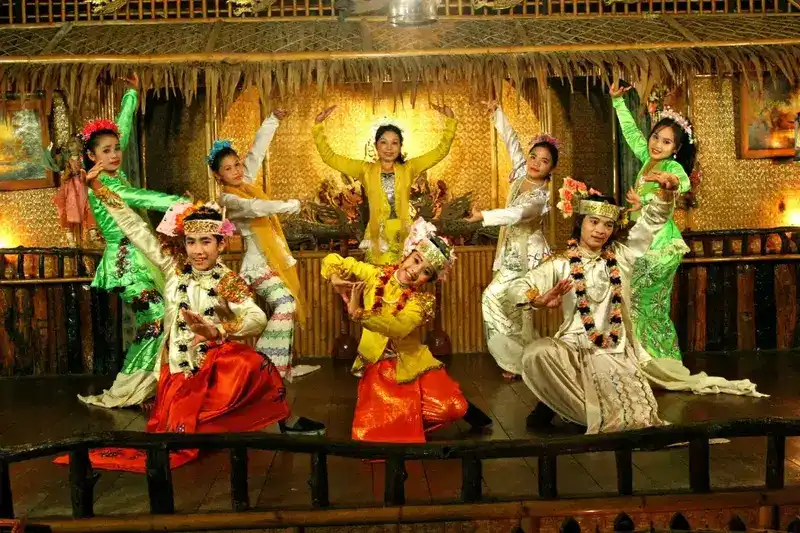
23. Mon Ram tradition, central region tradition Central culture, Thai customs, Thai culture, period depends on the funeral arrangements. which the host will set the date for the funeral prayer In Pathum Thani province, if someone dies, there will be a funeral service at the temple. in chanting Abhidhamma Mon dances will be brought to show in front of the corpse. The Mon Dance group consists of 8-12 young women dressed in the style of Raman women. Wearing a sarong with a Choeng Round-neck long-sleeve cylindrical shirt, covered with a sabai, tied in a bun with jasmine flowers. cut fresh flowers on one side Wearing ankle bracelets, dancing in sets to the rhythm of Pi Phat Mon.
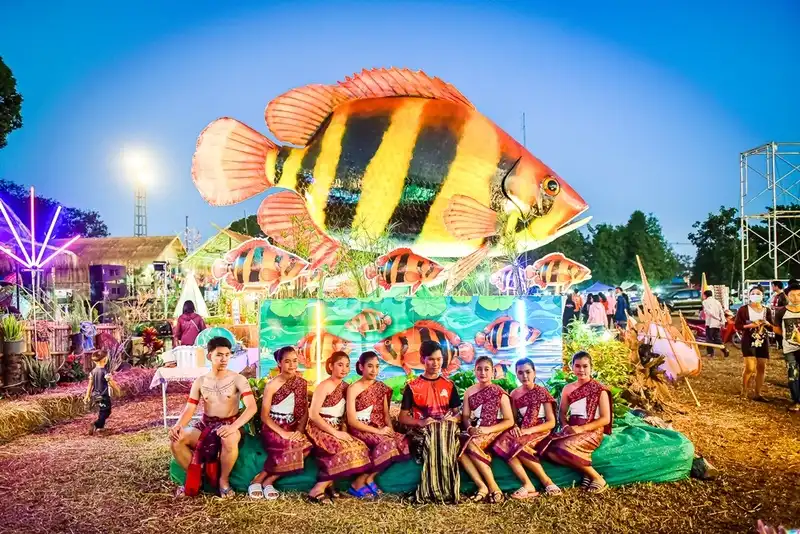
24. Traditional Fish Procession central tradition Central Region Culture Thai Traditions Period The event period is about a week after the Songkran Festival on April 13th. in Phra Pradaeng District Samut Prakan Province thus making the procession evolve accordingly There are more beautiful girls There is a train from various sub-districts. Beautifully decorated at the stage of a procession of beautiful women from time to time. There are various school orchestras leading each parade into a lively atmosphere and culminating with a parade of long drums as usual.
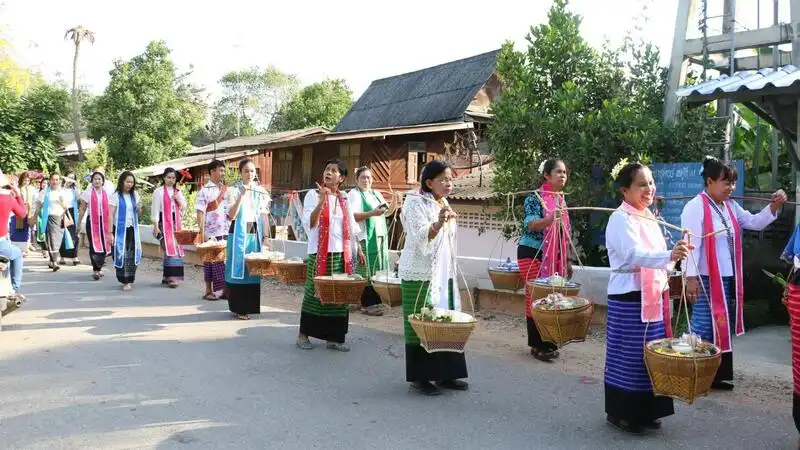
25. Songkran rice delivery tradition central tradition Central Region Thai Traditions During Songkran, 13-15 April, sending Songkran rice is one of the traditions of the Mon people at Phra Pradaeng. which would have been influenced by the legend of Songkran When the rich man brought the sacrifice to worship the deities at the banyan tree to ask for a son because of the rice in the clay pot Side dishes are served with a krathong made of banana leaves without a cup. It is similar to making a sacrifice or worshiping a deity. Phra Pradaeng people send Songkran rice only on April 13, 14 and 15.
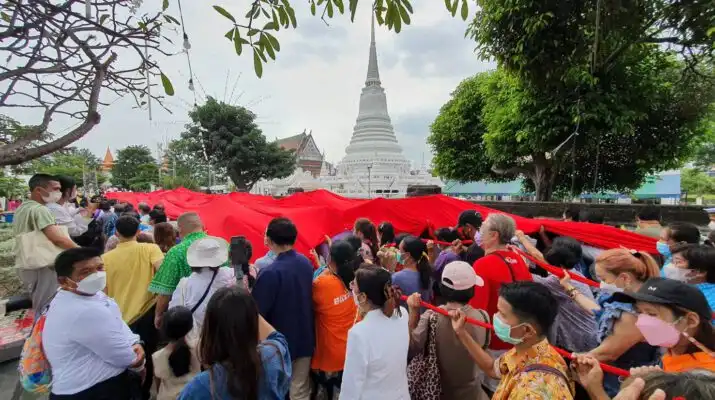
26. Phra Samut Chedi Blanket Procession Tradition central tradition Central culture, Thai traditions, period from the 5th day of the waning moon, the 11th lunar month, for a period of 7 days and 7 nights, but lately, the Red Cross work has been added to 10 days and 10 nights. Phra Samut Chedi It is an important sanctuary and a symbol of Samut Prakan people. It is also an important historical site of the country. which His Majesty King Buddha Lertla Napalai His Highness intended to build it and gave it the name "Phra Samut Chedi" When the parade of Phra Samut Chedi blankets has passed, it will be a celebration. 7 days and 7 nights of the exhibition, but the thing that cannot be forgotten before returning home is gilding and worshiping Phra Samut Chedi itself For the night of the 7th lunar day, there will be work throughout the morning. In the morning of the 8th day of the evening there will be a fun rowing boat race.
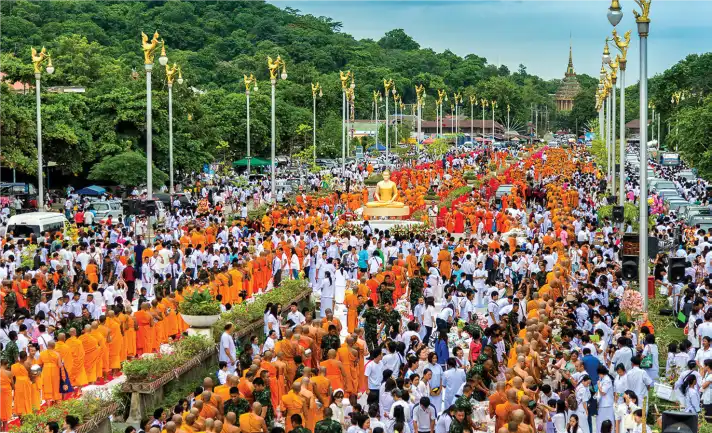
27. Flower Offering Ceremony central tradition Central region culture, Thai traditions, during the Buddhist Lent day To pray for the Buddhist Lent with flowers to worship the monks. The villagers, too, were also the recipients of merit. But now it has been renovated into a big ceremony People from other localities attended the event. The procession of each district is beautifully decorated. Sometimes they also advertise their local activities. It is a work that combines people, ideas, skills, and faith.
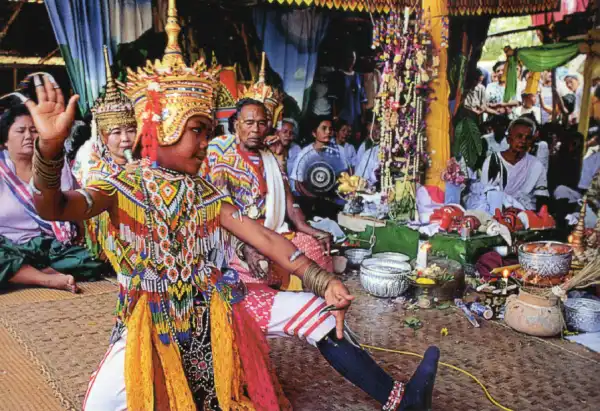
28. Traditional dance ceremony in the central region Central culture Thai culture Ram Rong is a ritual practiced by Mon-Thai people to pay their respects. when he is on anything and receiving the result as he had promised, he would perform a ritual as a tribute The importance of this ritual therefore lies in the preservation of the truthful words that he has given. and the pride that he has achieved as he stated above.
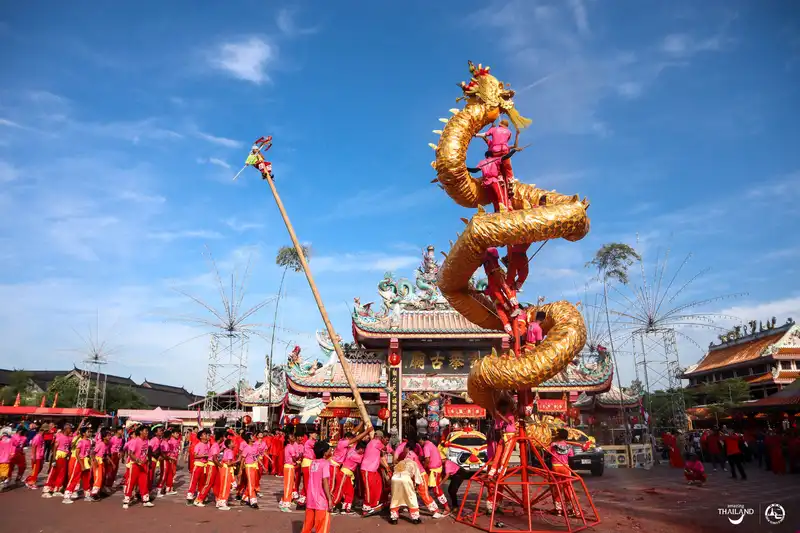
29. Festival of throwing baskets central tradition Central region culture, Thai customs, period, full moon day of the 7th lunar month according to the Chinese calendar, around the end of August Or early September according to the Thai calendar is a tradition that Buddhists come together to make merit for the souls that have passed away. It is to create generosity in the community. dumping work It is a tradition of Mahayana Buddhism. It is a blessing of mercy for the souls who have passed away.
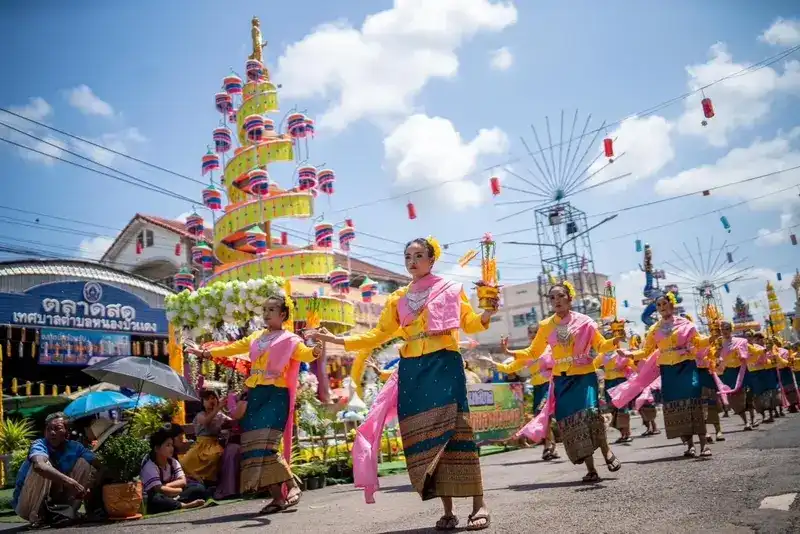
30. Kam Fa Tradition Central Region Tradition Central culture, Thai traditions, on the 3rd day of the waxing moon, 3rd month of every year, which is considered the New Year's day for the Thai Puan people. Kamfa means respecting the sky. After performing the ritual and requesting blessings from the gods who guard the sky The angels will make it rain according to the season. There is a good fortune. Make more trade.
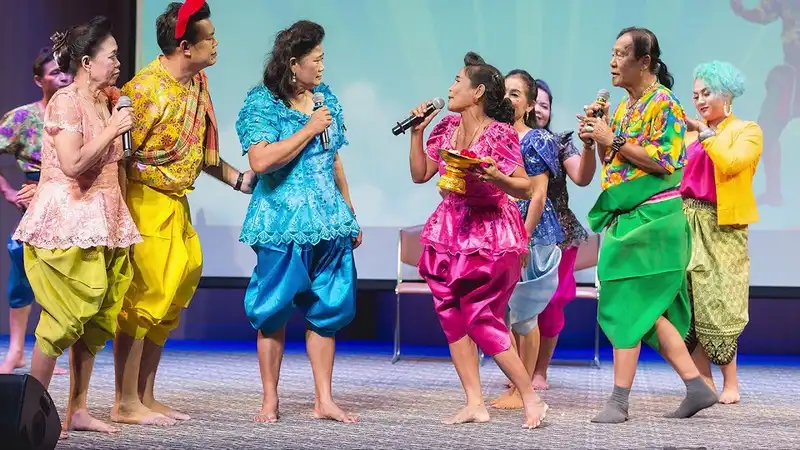
Folk songs Central region traditions Folk songs of each region Caused by the villagers who created the song. and sung by word of mouth Most of the folk songs are songs with simple lyrics, a story that occurs in that local area in the central region. In addition, folk songs are composed from the influence of the natural environment. It can be divided into types as follows:
– Songs that are sung during the watery season, including Roy Pansa song, Ruea song, Khaosan dance song, half-verse song and Na Yai music, etc.
– Songs sung during the rice harvesting and threshing season include the Kam Kyo dance song, the harvest song, and the chak song, which is sung during the harvest, for Song Fang, Lam Puan song, Phan Fang song, Ok song, Kick Khao song, and Chak Kradan is used to be sung during rice threshing.
– Songs sung during the Songkran New Year, including Songkran Songkran, Songkran Songkran, Ban Rai Dance, Chao Hong Slow Song, Assumption Song Elephant klong songs, steering wheel songs, Jai Wang songs, Kruon songs, Hinlele songs, Yuan songs, tug-of-war songs, and various seance songs, etc.
- Songs that can be sung for every occasion For enjoyment, enjoyment and unity among the group, they often sing and play together on the occasion of working together. Or there are merit-making and various festive events, which are songs in the form of father and mother songs, career songs that are used to interact, such as Thep Thong, Choi, Lam Tad, Song Krueng, Opp Kai and Esaew songs, etc.
Folk musical instruments, traditions and culture of the central region People in the central region also have all kinds of music, including strum, color, hitting, blowing. It can be said that they are complete equipment. because people in the central region also pay attention to folk songs And often sang in groups to create unity in working together. As for music, the areas in the houses that people in the central region like to play are:
Samsai fiddle is the fiddle with the most beautiful shape. which is used in Thai bands Since the Sukhothai period (B.E. 1350), the fiddle has raised its voice. Between the strings are four pairs used to play in the ceremony. because of the King After that, it was played as a Mahori ensemble.
Fiddle is a type of stringed instrument. Played by using colored bows. Voice box made of solid wood. front with snake skin There is a sound hole on the opposite side. The lance is made of solid wood, about 60 centimeters long, with a knob on the string at the top. Fiddle fiddle uses a string or string, there are 2 strings of different sizes, the bow is between the strings, about 50 centimeters long, the fiddle has a sharp sound. Used as the main instrument in the string quartet.
Soo woo is a colored stringed instrument. A larynx made of coconut skulls. Up front with cowhide, there is a sound hole on the opposite side. The spear is made of solid wood. At the top there is a knob for stretching the strings, the fiddle string is made of cotton wool, and there is a bow between the strings. The length of the bow is about 60 centimeters, the bow is about 50 centimeters. Played duet and interspersed with the fiddle in the string ensemble.
Zither is a stringed instrument played by plucking. Usually has a height of about 20 centimeters and a length of 140 centimeters. The zither is made of softwood, dug into a hollow. There are 3 strings, strings 1-2 are made of silk, and string 3 is made of brass. How to play the left hand Will act to press the strings to make a high-low sound, while the right hand will strum the strings with an object made of ivory.
The Thai flute is a flute in the recorder family, that is, it has a force to divide the wind. Causing sound in the body, not the Chinese flute family There are many sizes of Thai flutes, for example, the oud has the lowest sound. A high pitched flute is a flute and a higher pitched flute is a gravel flute. The flute is a musical instrument in string quartets and orchestras.
The bagpipe is a wind instrument with a tongue made of palm leaves as a sound generator. It is a double-tongue (or 4-tongue) type, similar to the oboe. which has only 6 air holes, but can play up to 22 sounds and can clearly imitate the voice of people talking as well
Xylophone Ek is a high pitched xylophone. It consists of 21-22 xylophones made of bong bamboo or hardwood such as rosewood strung together into a xylophone. And hang both heads on the sound box called the barranat rail, which is shaped like a boat. The elaborate playing technique is often played in 2 ways: hitting with hard wood called Pi Phat Mai Khai. and hit him with a wand Piphat Mai Nuam Xylophone sounds from low to high from left to right. and compare the sound by using the mixed stingless method Lead powder was attached to both the head and bottom of the xylophone.
Xylophone made of bamboo or hard wood with 18 balls each, shaped like an Ek xylophone. But a little shorter and wider. The xylophone is used to play with the Ranat Ek.
Gong Wong Yai is the core of the Pi Phat ensemble. and the orchestra plays the main melody with 16 gongs consisting of 2 important parts:
– The gong is a sound generator made of alloy. They look like round cups, big and small, arranged in order of low and high sounds. The top has a raised blister used for beating and the bottom of the blister is filled with stingless pewter. to balance the sound as high and low as needed
– Ruan Gong, made of rattan, about 1 inch in diameter, coiled into a circle and fixed with hardwood. Machined into a pattern like a bar. and there are sharpened bamboo ribs to support the gong to remain stable as a structure The hanging gong is tied to the gong house tied with a rope.
Gong Wong Lek is smaller. But the sound is higher than Gong Wong Yai, and has the same method of hitting as Gong Wong Yai. but proceeding in the manner of collecting or other means as the case may be The melody is played from the big gong, the small gong has 18 balls.
Tambourine tone, shaped like a small long drum, made of wood or terracotta, stretched with leather, pulled taut with leather cord. The body of the drum is about 34 centimeters long, in the middle of the neck, on the opposite side, it looks like a cylinder. Loudspeaker at the narrow waist, about 12 centimeters, used in tandem with a tambourine The tambourine part It is a single-face leather drum with a diameter of about 22 centimeters, used in stringed ensembles.
Klong Khaek, a drum that can hit its face over both the Pi Phat orchestra Mahori and in some cases can be used in a stringed quartet. Strike with both hands, one pair consisting of a male (high pitch) and a female (low pitch).
Two-faced drum is the name of a type of drum. which looks like a drum in Poengmankhok stretched with leather all around used in Pi Phat band or Mahi in some cases
central folk tales central culture It is something that entertains the listeners. Whether it's bringing up a story close to yourself history old story Or tell stories from the class to the level of the poor and the poor. There are also stories about the angels of heaven and earth for children to listen to many stories. At the end of the story, the tale often inserts morals and good ideas to listen to and always follow along.
for folk tales in the central region It is a popular story that has been passed on to many stories ever that are fun. and turned into a cartoon Or many dramas to watch, such as Krai Thong, Bang Mae Mai, Ta Mong Lai, Two Phi Nong Prince Sai Nam Phueng and Phra Nang Soi Dok Mak, Little Rice Box and Khun Chang Khun Phaen etc.
Folk games of the people of the central region. There are both games that use the device as a link to play. or group play Some are solo plays. But most of them often have songs to accompany various plays such as Mak Gae, Kite, Tie Jap, Ram Tong, playing robbers, Saba Lo, Lum Muang, Ayutthaya boat songs, land boat songs, word guesses (Joke Joke), songs Flap Kai, long drums, Wu Lan competition, Flap Kai song, Nang Dong ghost casting, Saba tossing and Nang Ling Lom, etc.
Comment
| Keyword (Advance) |
 Region
Region
|


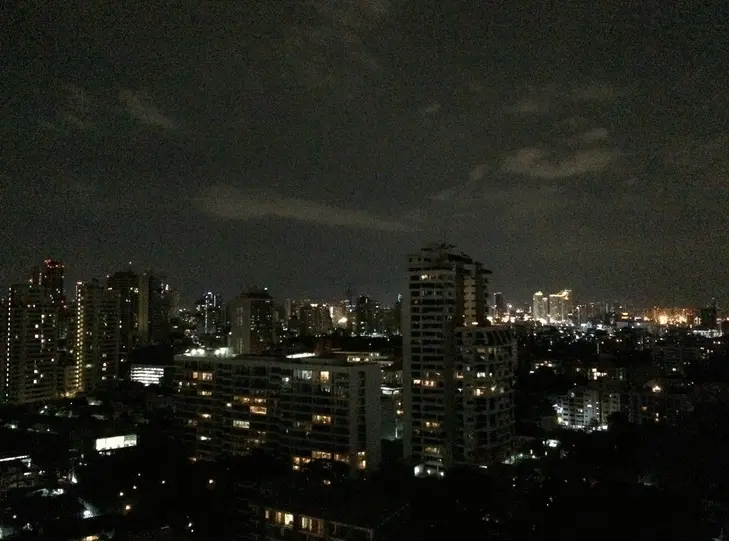
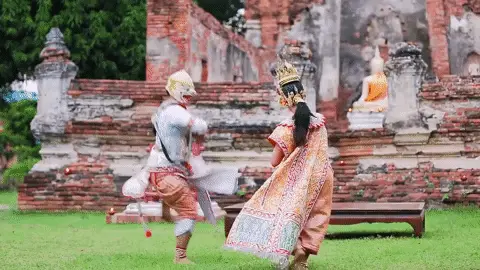
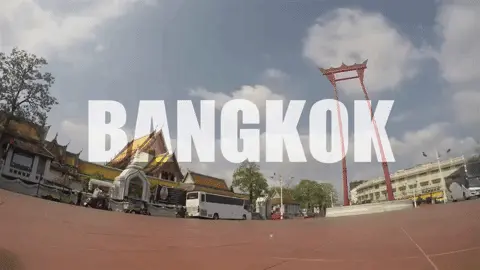









 Category:
Category:  Group:
Group: